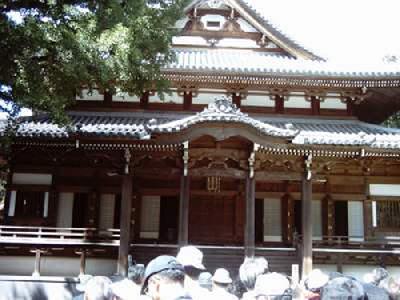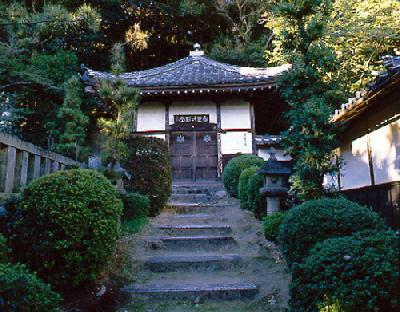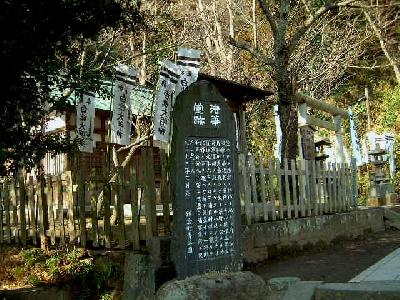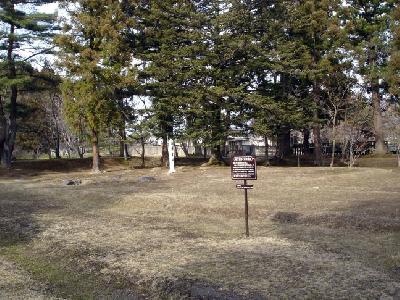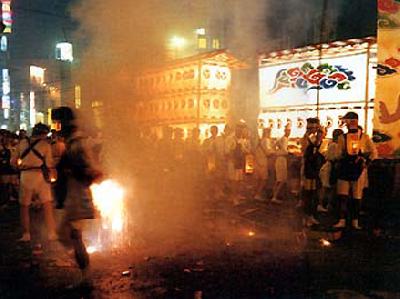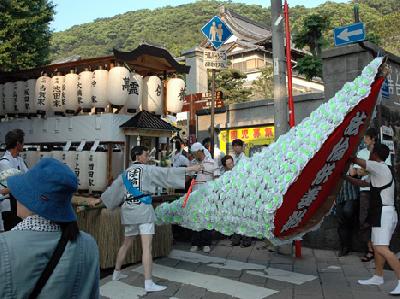The Ruin of Hokkedo is the burial tower of Yoritomo Minamotono, and is located in Nishimikado, Kamakura, in Kanagawa Prefecture.
The Hokkedo was originally a place which enshrined the protection deity of Yoritomo. In 1199, however, after Yoritomo died and was buried at this place, it was renamed in due course the Hokkedo. In the battle of Miura in 1247, the Hokkedo became the suicide ground for more than 500 people belonging to the Miura family, who had served the place since its foundation.
The hall belonging to the Hokkedo was later moved to the foot of the mountain, and the Shirahatasha stands in this location today. A memorial pagoda (kuyoto), which was built on this ruin, later became the burial tower of Yoritomo Minamotono and still is today. It is also said that the current burial tower might be renovated one day.
The Hokkedo is a memorial to Yoritomo, who is responsible for constituting the foundations of the samurai government of Japan.


